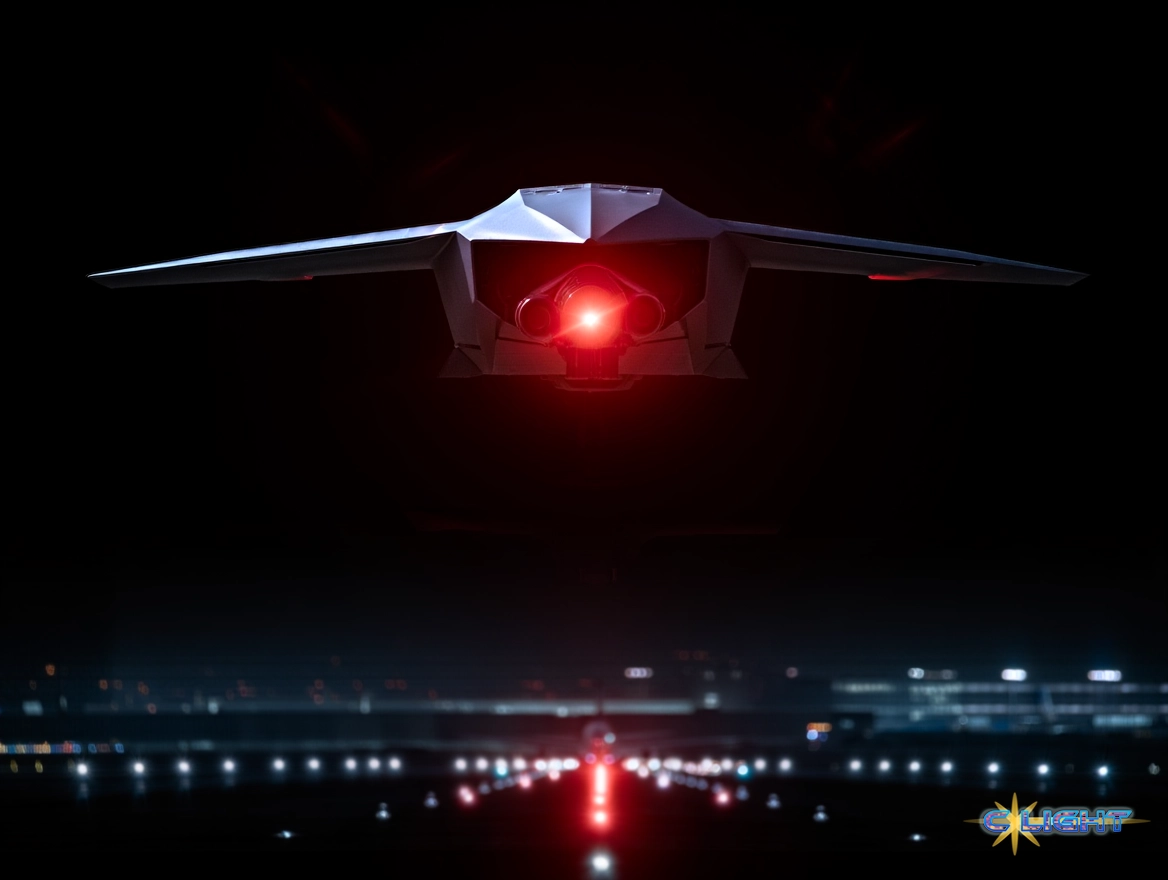4 minutes read time.
In the dead of a Danish night, a new form of conflict announced its arrival. Coordinated, systematic, and unnervingly brazen, swarms of professional-grade drones descended upon five separate airports, including two critical military air bases, forcing the shutdown of airspace and sowing a calculated wave of public fear and official alarm. Coming just days after a similar incident paralyzed Copenhagen’s airport—an event the Prime Minister called “the most severe attack on Danish infrastructure so far”—this was not the work of hobbyists. This was, as Denmark’s Defense Minister declared, a “hybrid attack,” a deliberate and hostile act designed to test, to probe, and to terrorize a NATO nation. While officials cautiously stop short of direct attribution, these incursions are a clear symptom of a wider pattern of Russian aggression, a low-grade, deniable warfare that is pushing a nervous Europe to confront an existential question posed by Ukrainian President Volodymyr Zelenskyy: what happens when these drones can carry nuclear weapons?
A Systematic Operation to Sow Fear
The details of the attacks reveal a sophisticated and professional actor. Large drones, operated from a significant distance, appeared almost simultaneously over multiple locations on the Jutland peninsula. They circled for hours, turning their lights on and off in a deliberate display, before vanishing. The goal, according to Danish officials, was not kinetic destruction but psychological disruption. Justice Minister Peter Hummelgaard stated the intention was to “create division and to make us scared” and “to stress us and to test our boundaries”. The country’s intelligence service agreed, assessing that the perpetrator’s aim was to “stress us out and see how we react”.
The operation was a resounding success in that regard. Flights were halted and diverted, passengers were stranded, and an entire nation was put on high alert. The attacks on Aalborg and Skrydstrup were particularly alarming, as both are military air bases, housing some of Denmark’s fighter jets. This was a clear message: we can reach your critical military infrastructure with impunity.
The Shadow of the Kremlin
While Danish Defense Minister Troels Lund Poulsen stated there was “no evidence to suggest Russia was behind the incursion,” the context of escalating Russian aggression makes such caution feel like a diplomatic necessity rather than a reflection of reality. Danish Prime Minister Mette Frederiksen was less circumspect after the Copenhagen attack, stating that Russian involvement could not be ruled out.
These events are part of a clear and escalating pattern. In recent weeks, Russian drones have been shot down over Poland, another flew into Romanian airspace, and Russian MiG-31 fighter jets spent 12 minutes in Estonian airspace. This is a coordinated campaign of intimidation along NATO’s eastern flank. The use of drones provides a thin, but crucial, layer of plausible deniability. It allows Moscow to probe NATO’s defenses, test response times, and create political turmoil without triggering a direct, conventional military confrontation under Article 5. It is the textbook definition of hybrid warfare: using a mix of military and non-military tactics to achieve strategic goals below the threshold of all-out war.
Zelenskyy’s Nightmare Prophecy
The immediate threat of these drones is disruption and the risk of collision with civilian aircraft. But the long-term threat, as articulated by the one leader who has the most experience with Russian drone warfare, is far more terrifying. Speaking at the UN just a day before the latest Danish incursion, President Zelenskyy warned of a coming arms race involving artificial intelligence. “It’s only a matter of time,” he cautioned, “before drones are fighting drones, attacking critical infrastructure and targeting people all by themselves, fully autonomous”.
Then he delivered the line that is surely echoing in the halls of every European defense ministry: he warned of a future where rogue actors wonder who “will be the first to create a simple drone carrying a nuclear weapon”. This is the ultimate endpoint of the nightmare scenario. What is now a tool for harassment and reconnaissance could, with technological advancement, become a delivery system for weapons of mass destruction, one that is cheap, deniable, and difficult to defend against.

The Urgent Search for a “Drone Wall”
Zelenskyy’s warning has landed on fertile ground. European leaders are now scrambling for a response. Denmark is fast-tracking legislation to allow for the shooting down of drones and is considering invoking NATO’s Article 4 to trigger formal consultations among allies. The incidents have given new urgency to European Commission President Ursula von der Leyen’s call for a continental “drone wall” to detect and destroy such threats. The challenge is immense, as police in Copenhagen noted they refrained from shooting down the drones due to the risk to the populated areas surrounding the airport.
The drone attacks on Denmark are a watershed moment. They have successfully demonstrated the vulnerability of critical Western infrastructure to a new and insidious form of aggression. They have exposed the seams in NATO’s response protocols and forced a continent to confront the fact that modern warfare will not always be fought by tanks on a battlefield, but by unmanned shadows in their own skies.
Discover more from Clight Morning Analysis
Subscribe to get the latest posts sent to your email.










